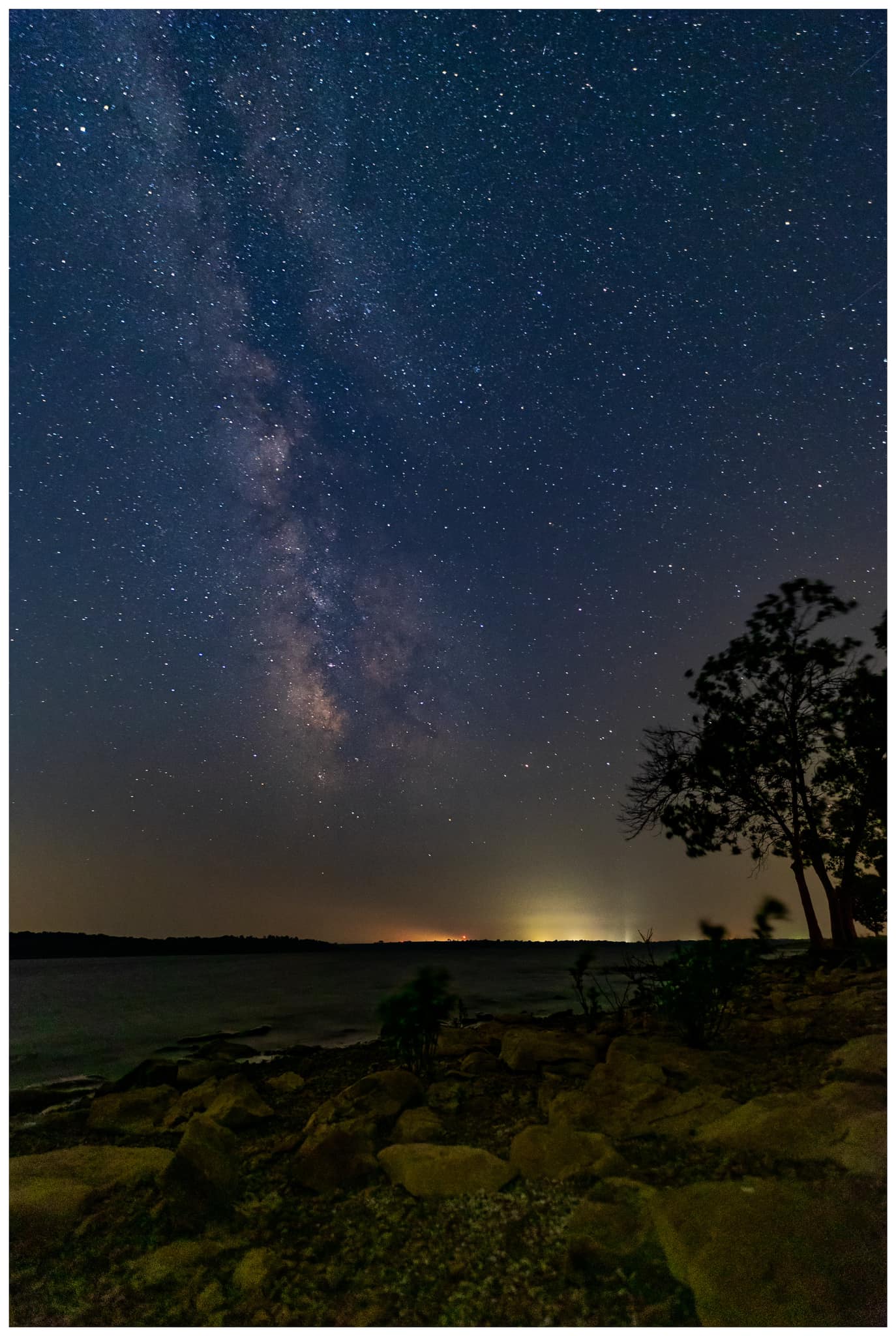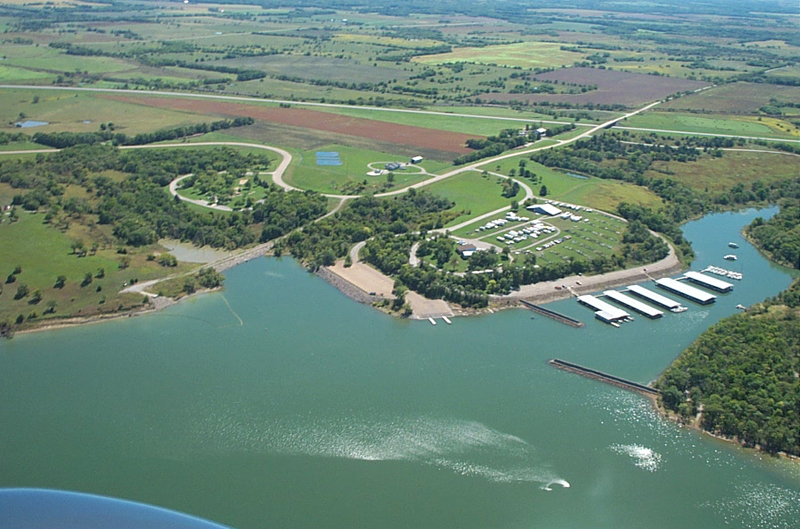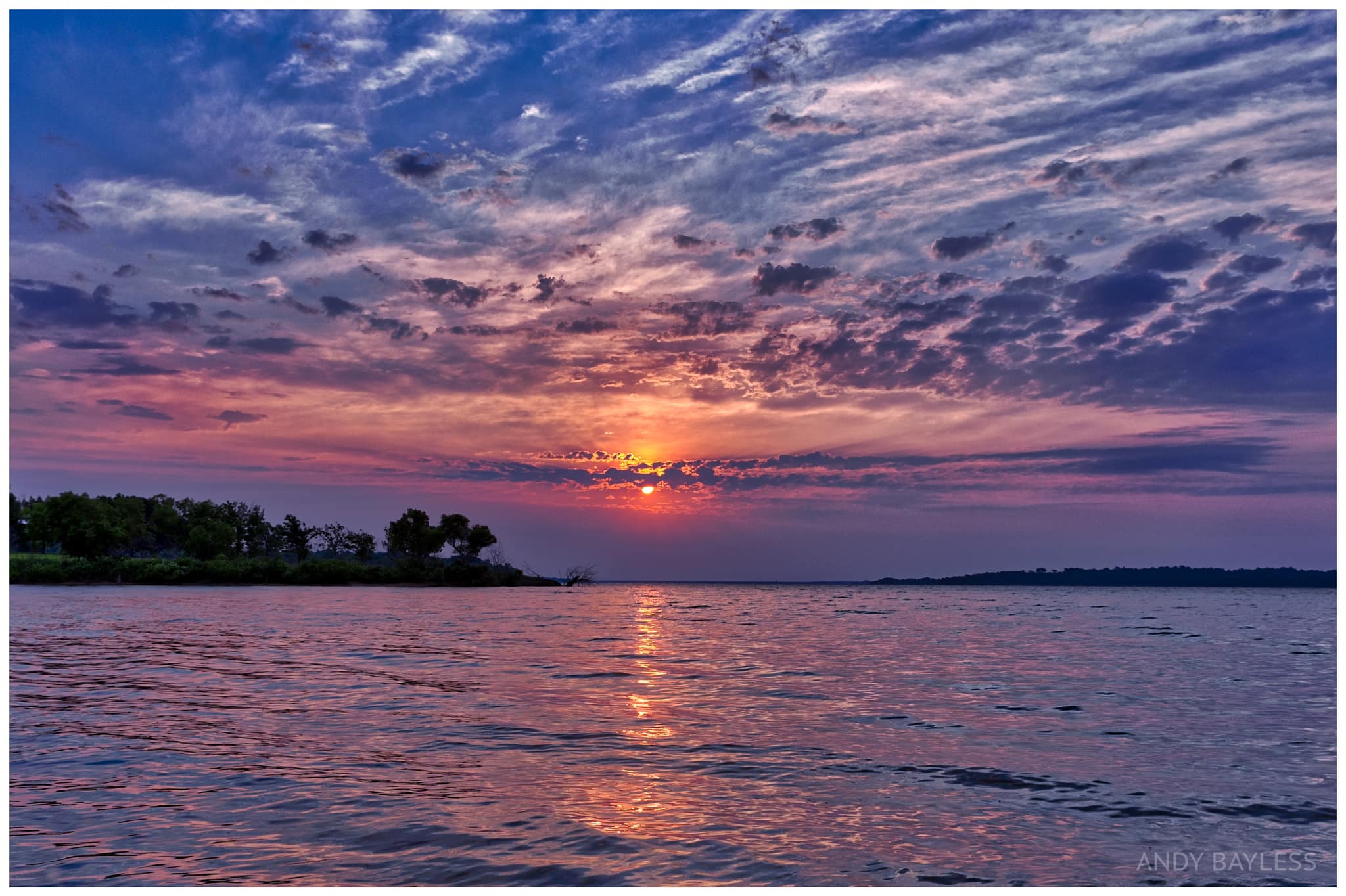Photo Gallery
Events
Error
Locations
Error
Noxious Weeds
Error
Recreation
Error
Sheriff
Error
Melvern Lake

Melvern Lake has 6,930 surface acres of water and 17,244 acres of adjacent land that serve as the nucleus of recreational and natural resource activities for more than 500,000 visitors annually. The entire project lies on the eastern edge of the Flint Hills region of Kansas. This region is characterized by gently rolling hills covered with tall native grasses. Native woodlands occur in the bottomlands along the trib
utaries of the Marais des Cygnes River.
Visitors looking for outdoor recreation will have a full day at Melvern Lake. The lake boasts six parks (five managed by the Army Core of Engineers and one managed by the Kansas Department of Wildlife Parks) that offer a wide range of facilities. For outdoor enthusiasts, there are nature trails, an equestrian trail, local historic sites, hunting areas, a full-service marina, and an interpretive information center.
Visit the Melvern Lake website maintained by the Army Corps of Engineers.
Reserve Camping Spots at Pomona Lake ONLINE!




Pomona Lake & State Park
 The Pomona Lake Dam was built in 1963 at a cost of over $13 million dollars. To this day, flood protection savings have well exceeded $135 million. Pomona Lake controls watershed runoff over a 322 square mile area. This lake is operated in conjunction with other Army Corps projects, which Congress authorized to be built for flood control in the Kansas, Missouri, and Mississippi river basins.
The Pomona Lake Dam was built in 1963 at a cost of over $13 million dollars. To this day, flood protection savings have well exceeded $135 million. Pomona Lake controls watershed runoff over a 322 square mile area. This lake is operated in conjunction with other Army Corps projects, which Congress authorized to be built for flood control in the Kansas, Missouri, and Mississippi river basins.
Hunters can find a variety of game, including rabbit dove, quail, deer, turkey, and waterfowl on Corps managed project lands and water. Hunting is permitted on approximately 4,500 acres of land surrounding the lake. Hunting is not permitted in park areas and several locations have some restrictions in effect. A variety of recreational opportunities and facilities are available at Pomona Lake. There are six Corps managed parks and the Pomona State Park where camping is permitted. These parks have numerous campsites, shade trees, electrical and water hookups, showers, picnic areas, playground equipment, and sanitary dump stations.
A variety of recreational opportunities and facilities are available at Pomona Lake. There are six Corps managed parks and the Pomona State Park where camping is permitted. These parks have numerous campsites, shade trees, electrical and water hookups, showers, picnic areas, playground equipment, and sanitary dump stations.
Marina concessions are available in Michigan Valley Park and Pomona State Park. They offer boating, fishing, and camping supplies and services. Boat ramps are available at all parks. Swimming beaches are located at both the Michigan Valley and Pomona State Parks. In addition, accessible fishing docks, and nature trails all present great opportunities for a fun day at Pomona Lake.

Rapp School
 The old Rapp Schoolhouse is one of the few if not the only one-room eight-grade schoolhouses in Kansas that still has its original desk and textbooks. Because of its uniqueness, its location on the Santa Fe Trail, and the special place it has in the hearts of its neighbors and former students, it has been made a National and State Historic Site to be used as an education center where urban and suburban elementary classes can come to spend a day, where families can hold reunions, and where visitors can go beyond the nostalgia of the period 1929-1959 to experience the contributions made by one-room schools in our rural communities and to our society as a whole.
The old Rapp Schoolhouse is one of the few if not the only one-room eight-grade schoolhouses in Kansas that still has its original desk and textbooks. Because of its uniqueness, its location on the Santa Fe Trail, and the special place it has in the hearts of its neighbors and former students, it has been made a National and State Historic Site to be used as an education center where urban and suburban elementary classes can come to spend a day, where families can hold reunions, and where visitors can go beyond the nostalgia of the period 1929-1959 to experience the contributions made by one-room schools in our rural communities and to our society as a whole.
The first school at the site was a one-story wooden building, finished in 1871, being built at a cost of approximately $175. Fifty seven years later, in 1929, the present brick building was built. Because Rapp School is completely intact as it was in the 1930’s, present day students and their teachers can come and spend a day at the one-room school just as it was operated at that time. Period curriculum materials, including standardized achievement tests, can be used in lessons taught.
The beautiful brick building and play-round adjoins Rapp Cemetery, where many early family names may be found. During its early years, the school house, located five miles west of Osage City on highway 56, was an intergral part of the Rapp village which was located along the Missouri Pacific railroad, a couple miles east and south .of the schoolhouse. The rural Rapp community consisted of about a dozen homes, railroad crossing, produce station, general store, lumberyard, blacksmith ship and stockyard. Only four of the former homes remain.
 The community and the schoolhouse was named after C. J. Rapp who owned a large amount of land in the area.
The community and the schoolhouse was named after C. J. Rapp who owned a large amount of land in the area.
Classes at Rapp school District No. 50 commenced in 1871 though the first teacher was hired in 1872. The last year classes were held in the schoolhouse was 1962.
The building is unique not only because of its straight and true red brick exterior but also because it has a full basement with windows, electricity pre-dating Rural Electrification, and a pump and sink.
The two-story bell tower is firm and the bell rings crystal clear. The building still has all of its original furnishings, including a teacher's recitation, and student desks, cloak hooks and bucket-lunch cupboards, wall maps, counting sticks and books, dual-purpose sand table and piano.
A visit to the school and its south lawn playground is like taking a walk back to the first day of school in the early 1900's.
Information from the Osage County Historical Society






































































